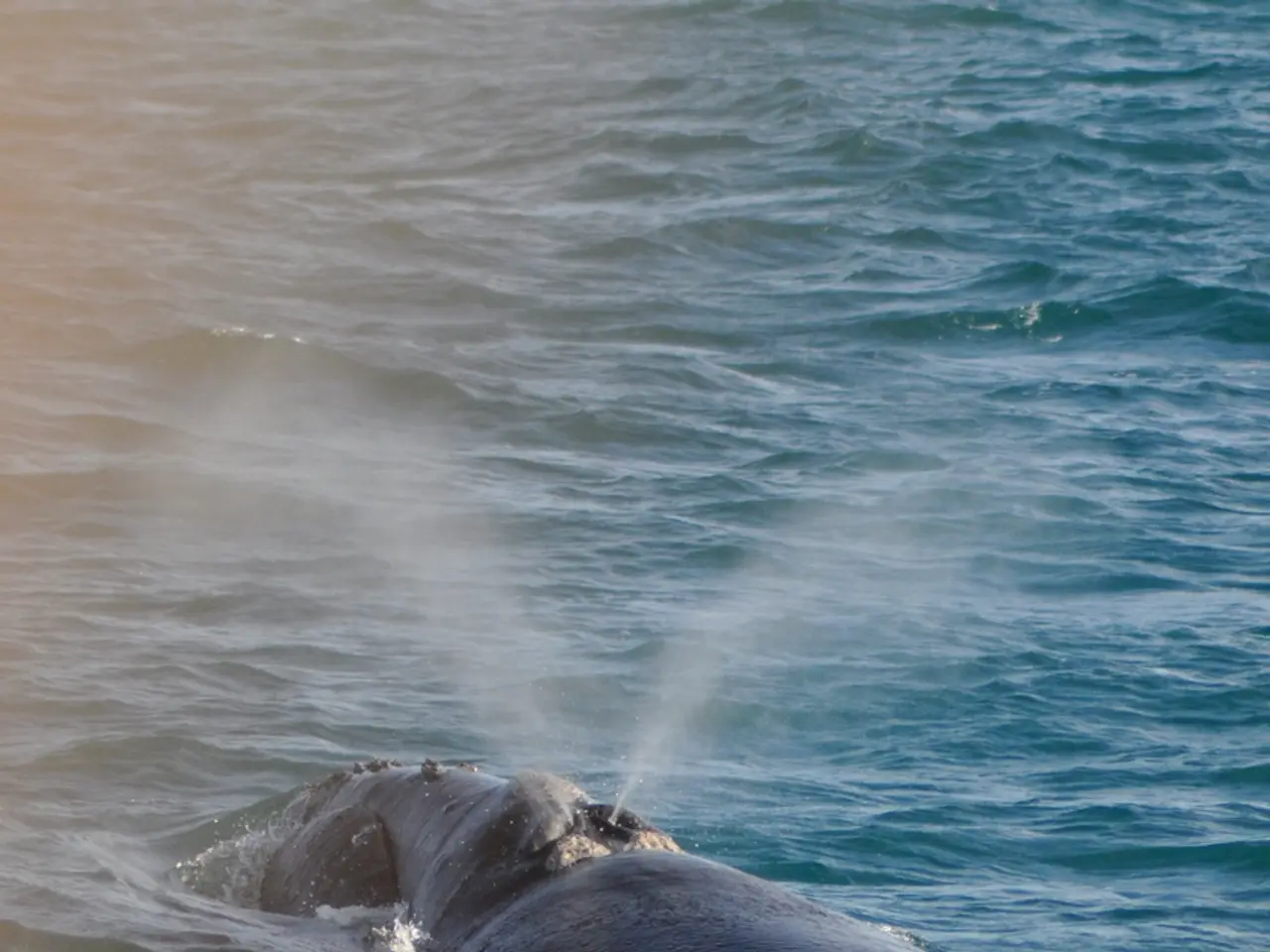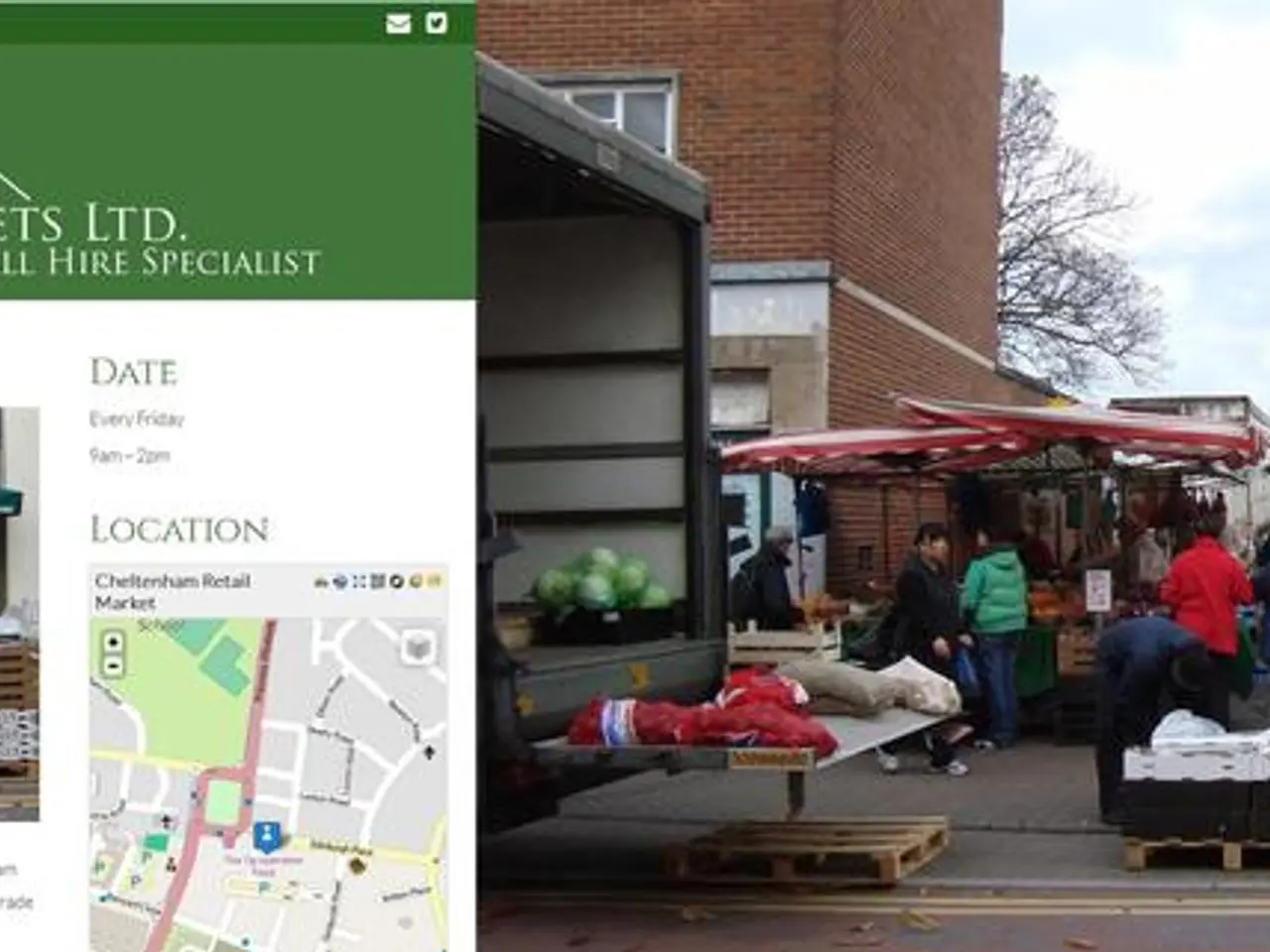Assistance needed to protect the underwater research drone, Seaglider, from potential harm.
Lost University of Washington Seaglider Drone Needs Assistance for Recovery
The University of Washington is seeking help in recovering a lost Seaglider drone, an autonomous underwater vehicle, that has been operating in the Pacific Ocean since November. The Seaglider, part of the School of Oceanography, is currently located approximately 2000km southeast of Hawaii.
This student-run project from the University of Washington's Student Seaglider Center is used for underwater oceanography research, collecting data on water temperature, salinity, density, dissolved oxygen, and chlorophyll. The Seaglider can dive up to 1000 meters and can stay at sea for months, reporting data back to scientists every time it surfaces.
The Seaglider's location is accurate to within meters, and it is sending GPS updates for the next three months. The Seaglider's orange antenna is visible at the surface, making it easier to spot. Interested parties can email [email protected] to assist in picking up the Seaglider.
Since the Seaglider is an underwater vehicle designed for long autonomous missions, physical recovery often requires specialized equipment and coordination with the operating university or research institution. To assist in the recovery, you can contact the University of Washington research team directly to report sightings or provide any data relevant to the drone’s last known position or trajectory.
Additionally, you can monitor maritime communication channels or oceanographic data portals that the research team might use to update the location or status of the lost Seaglider. Participating in organized search efforts that may use vessels or aerial drones equipped with sonar, GPS tracking, or RF detection if the Seaglider has any active transmitters could also be helpful.
Lastly, sharing any relevant environmental or ocean condition information (currents, weather) that might assist rescue planners in predicting the Seaglider’s drift could be beneficial. The Seaglider needs to be picked up within the next two months to recover it.
[1] University of Washington Student Seaglider Center [2] University of Washington School of Oceanography [3] Seaglider Autonomous Underwater Vehicle
- The University of Washington's Student Seaglider Center project, a part of the School of Oceanography, is a research tool that combines science and technology for underwater oceanography, collecting data on various ocean parameters.
- The Seaglider, a science and technology marvel, can remain at sea for months, sending GPS updates for the next three months, making it crucial to coordinate with the operating university or research institution for its recovery.




